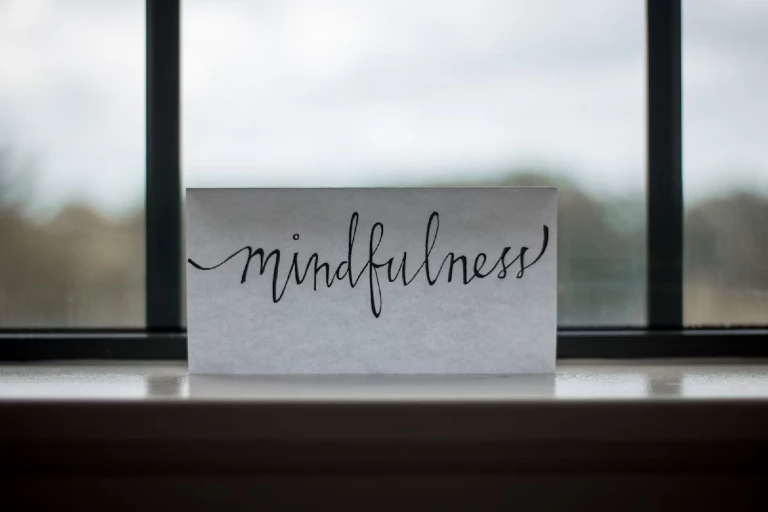Silence has a way of revealing who we really are. The moment daily noise and distractions fade, we notice what lies beneath the surface. Sometimes it’s calm but often it’s restlessness, old wounds, or emotions we’ve been avoiding. While silence may feel uncomfortable at first, it is one of the most powerful tools for self-awareness, mindfulness, and emotional healing.
👉 Related reading: Your Head is a Dangerous Neighbourhood
Why Silence Feels Uncomfortable at First
When we sit in silence, suppressed feelings rise to the surface. Psychologists suggest this is because the mind, without distractions, finally processes what we’ve buried. This can trigger anxiety, tension, or restlessness.
Learning to stay present with these emotions without judgment creates space for healing.
👉 Related reading: Why We Seek Approval and How to Break Free
The Science of Stillness: Silence and the Brain
Once the initial discomfort passes, silence becomes deeply restorative. Neuroscience shows that the brain’s default mode network, active during rest, supports problem-solving, imagination, and self-reflection. This explains why silence and creativity go hand-in-hand.
👉 Related reading: Staying on Your Side of the Street
Practical Ways to Practice Silence Every Day
If silence feels overwhelming, you can ease into it with simple practices:
- Start small: Begin with 5 minutes of quiet meditation or mindful breathing.
- Seek natural silence: Go for a mindful walk without headphones, or spend time near water or trees to let the nervous system reset.
- Turn off background noise: Notice how your body responds when the TV, podcasts, or music are off.
- Welcome restlessness: Understand that discomfort is natural; over time, silence becomes grounding.
- Name your emotions: When feelings surface, gently acknowledge them “restless,” “sad,” “angry” without trying to fix them.
- Breathe through discomfort: Slow, deep breathing helps regulate the nervous system and calm emotional waves.
- Stay long enough for the shift: Inner peace and creativity often arrive after the struggle.
- Journal your insights: Keep a notebook nearby to capture reflections, inspiration, or problem-solving breakthroughs.
👉 Related reading: Self-Soothing for Couples: Regulating Emotions to Stay Connected
The Healing Power of Silence
Silence can be intimidating at first because it confronts us with truth. But if we remain present, silence transforms into a powerful practice of self-discovery. It opens the door to healing, mindfulness, spiritual growth, creativity, mental clarity, and ultimately, inner peace.
👉 Related reading: Increase Emotional Closeness in Your Relationship
Frequently Asked Questions About Silence
1. Why does silence feel uncomfortable at first?
Because it exposes emotions we normally distract ourselves from, anxiety, sadness, or old pain. This is part of the healing process.
2. How can I practice silence daily?
Start with 5 minutes of mindful breathing or walking in nature. Gradually expand your practice.
3. What are the spiritual benefits of silence?
Silence supports self-discovery, mindfulness, and emotional clarity, and is used in many spiritual traditions.
4. Does silence really improve creativity?
Yes. Neuroscience links silence to the brain’s default mode network, which fuels problem-solving and imagination.
5. Should I journal during silence?
Absolutely. Journaling helps capture insights and make meaning from the emotions and ideas that surface.


